We tell what a well pump is submersible or superficial - it is better to choose and what rules to follow when working with each type.
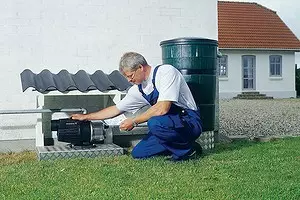
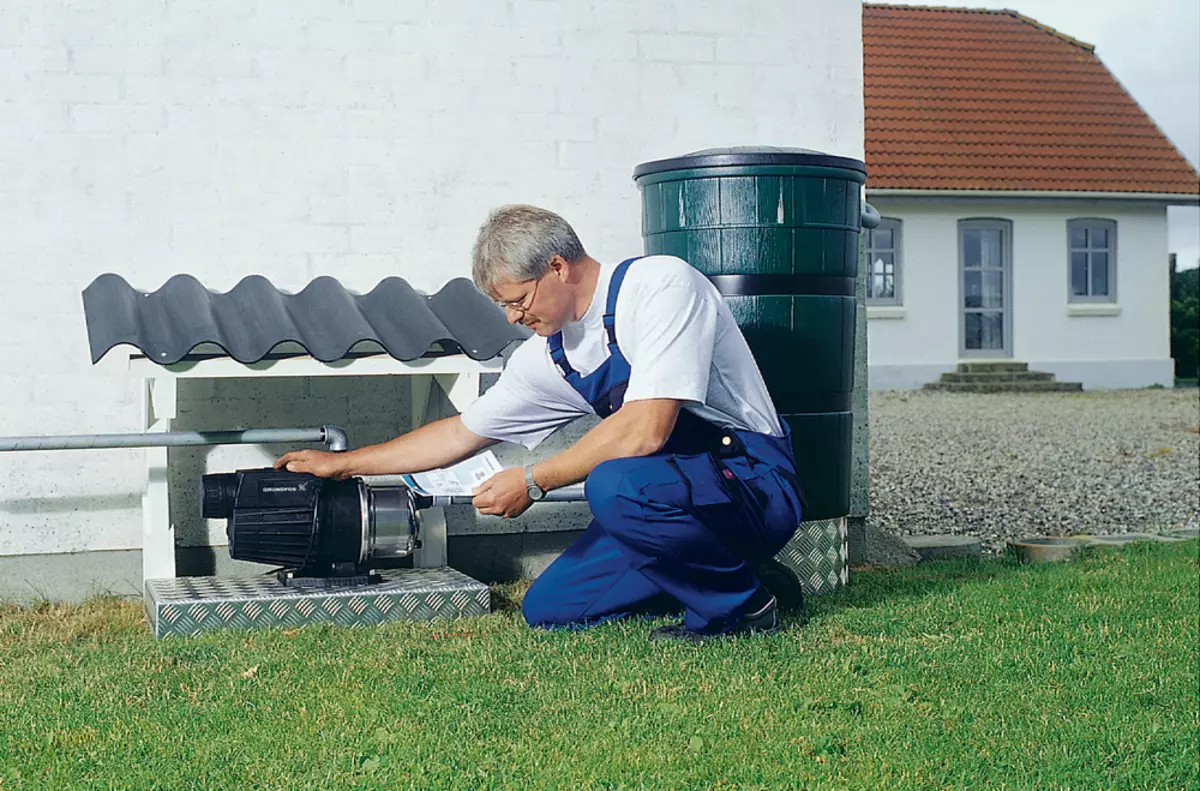
Compact pump station MQ. Photo: Grundfos.
Types of pumps for the well
For supplying water from wells, pumps both submersible and superficial pumps can be used. Submersible pumps can work only being submersible input (fully or at least partially). Surface self-priming pumps are placed above the water level.Features of each type
Surface pumps have limitations at the maximum depth with which they can raise water, usually 6-7 meters. If water is deeper, it should definitely select the submersible pump. If the water mirror lies above, both types are suitable.
For seasonal cottage water supply, a superficial pump is more suitable, it is easier to serve it. But for the winter, the surface pump will have to dismantle or it should be warmed, and this is troublesome, for year-round use is better submersible well pump.
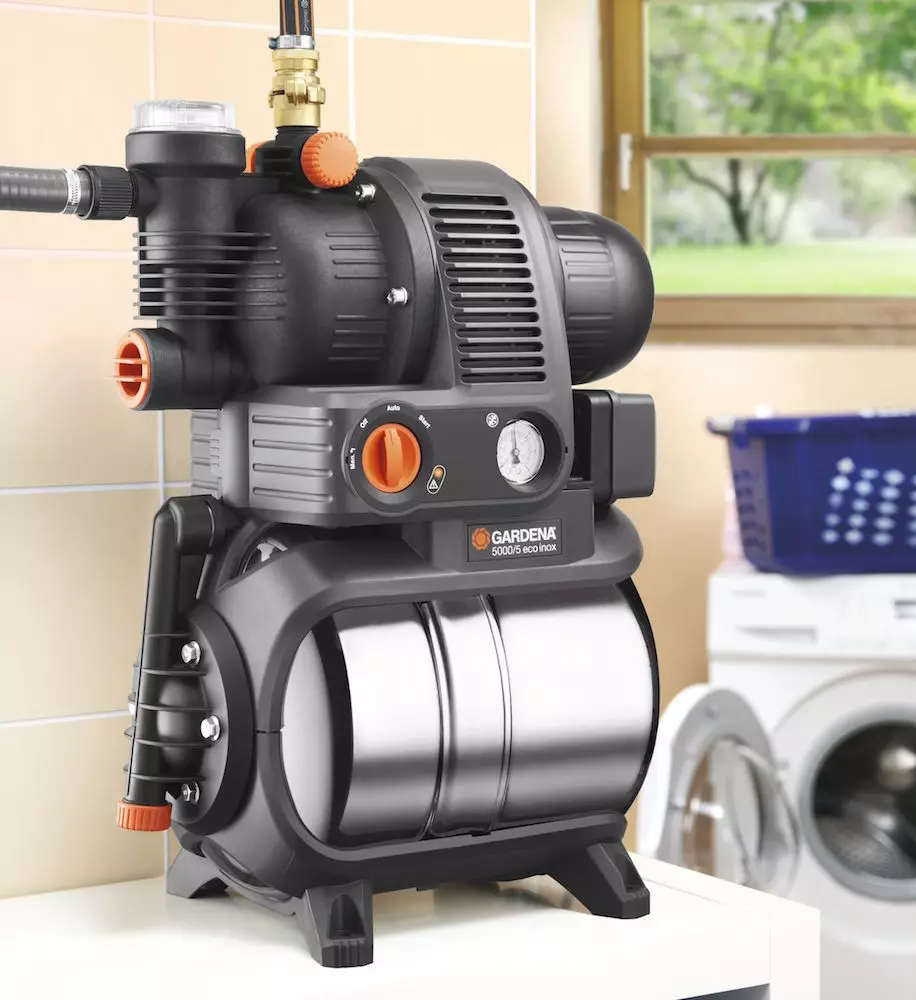
Surface self-priming station 50005 Eco Premium. Photo: Gardena.
Rules of operation of pumps for the well
Well pumps are suspended on the cable, stretched through two eyes in the upper lid. You need to approach the choice of cable. The fact is that the boundary of the liquid and air is the most dangerous from the point of view of corrosion zone. The usual metal cable at the venue from the water will be collapsed for 3-4 years. For fastening the pump, it is necessary to use cables with a protective coating, stainless steel, and even better - from fiberglass. For the same reason, it is best to use pipes with maximum protection against corrosion to connect the pump to the discharge pipeline, for example, polymer.
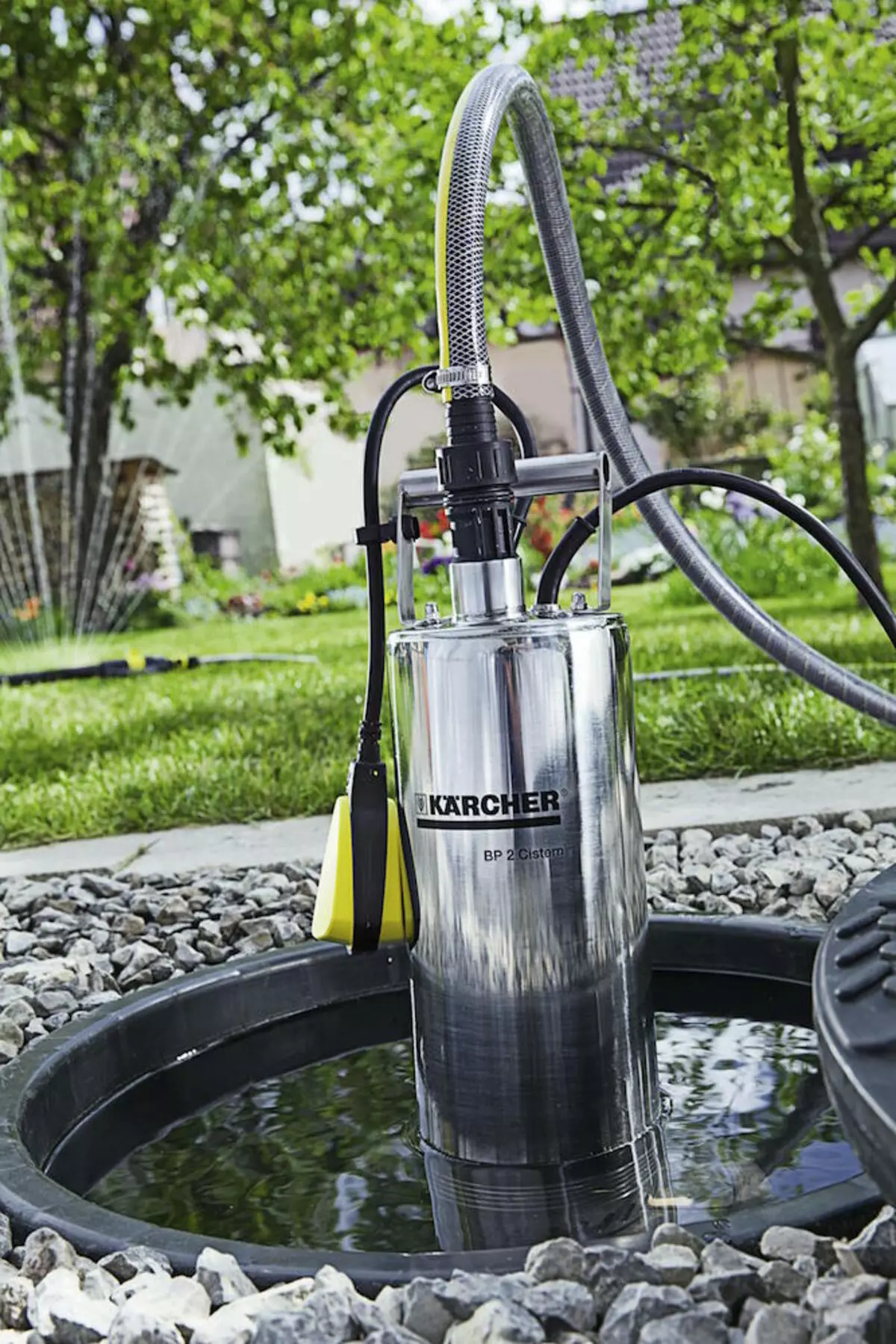
Submersible pump. Photo: Karcher.
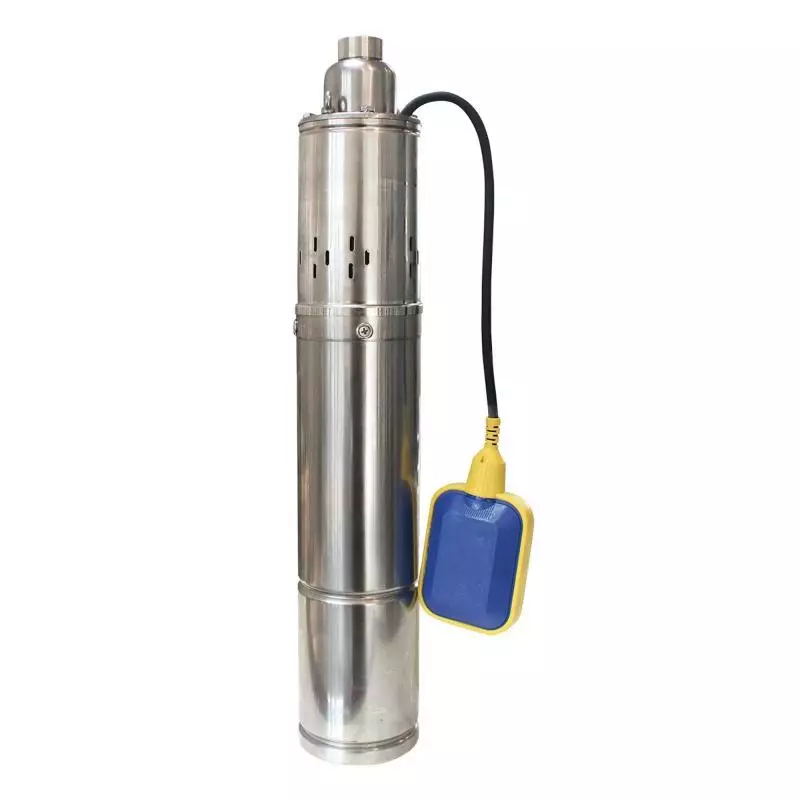
Submersible pump pump. Photo: Leroy Merlin
Six rules of operation of the submersible well pump
- The pump should not work dry! Otherwise, he can overdo it if he does not have protection against dry stroke. Therefore, the depth of the dive should be chosen with some reserve, so that the pump is not accidentally on the surface, if the water level in the well drops.
- The pump should not be too close to the bottom. It is advisable to have a gap of about two meters so that the pump does not suck.
- The pump should not be too deep under water. In many pumps, the maximum depth of immersion under the water level is indicated - when it is exceeded, a breakdown of protective seals and damage to the pump engine is possible.
- The well pump cannot be used to pump the contaminated water - for this it is necessary to use pumps of other types, for example, drainage.
- The well pump must be protected from dirt from entering them. To do this, there are special filters that can be purchased separately.
- The pump should not blame water! Therefore, for installation in the well, the garden pumps of the vibration type are not very suitable, for example, the "kid" pumps. To pump clean water, centrifugal pumps are preferred, which practically do not produce vibration during operation.
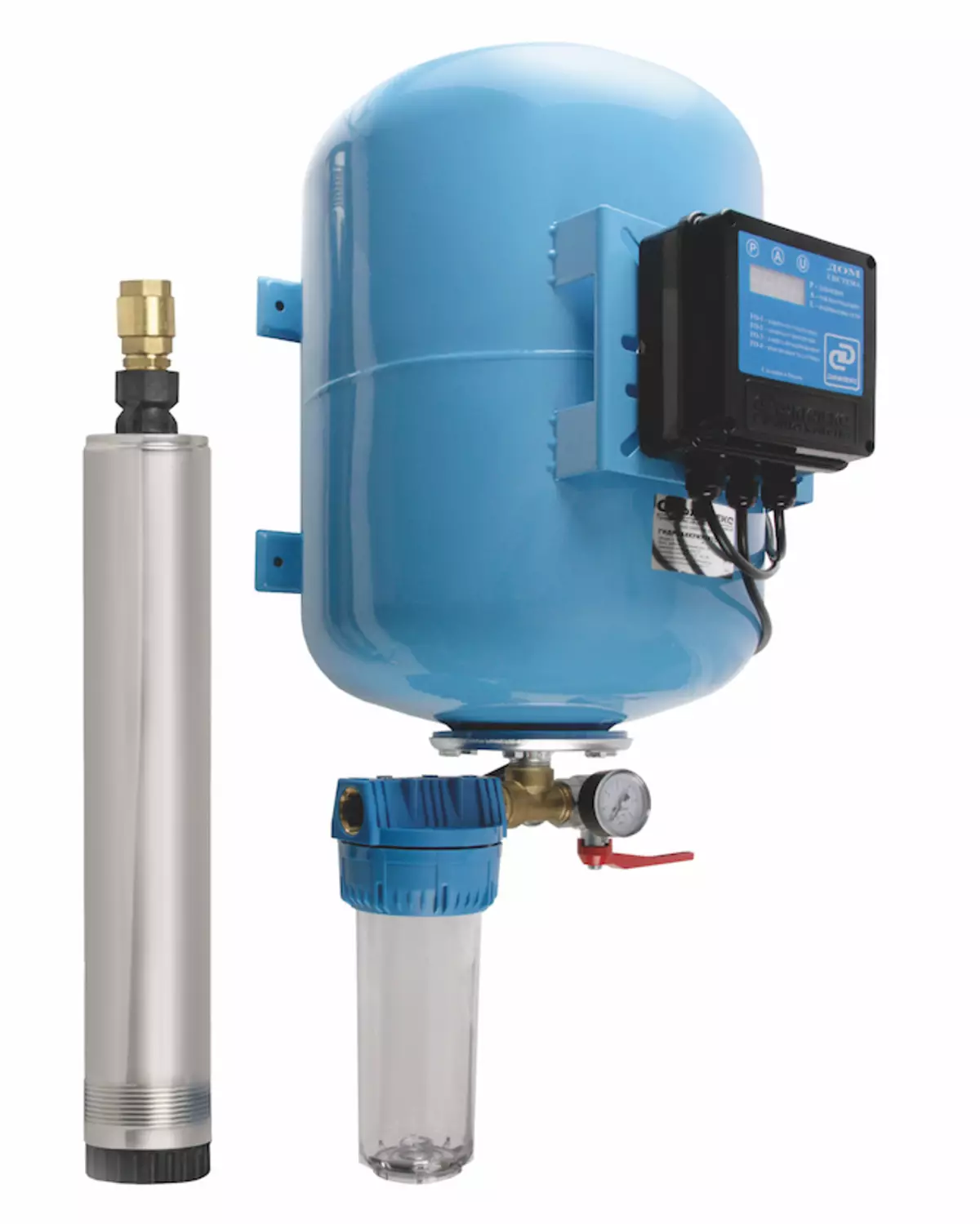
Submersible water pump with hydroaccumulator and other equipment. Photo: Dzhelex
Three rules for the choice and operation of the surface well pump
- The surface pump is chosen if there is a comfortable place to install it. For example, when the well is located near the house. Surface pumps are rarely calculated on the fodding of the pressure more than 40-50 m, submersible in this regard are more powerful.
- Choosing a surface pump, it is worth paying attention to the material of its housing. It can be cast iron or stainless steel. The cast iron case is harder, in addition, the cast iron is more susceptible to the deposition of various precipitation of salts contained in water. But the cast iron case is not so noisy if the otkuka for the placement of pumps is located near the bedroom, this moment must be taken into account.
- Choosing a pump, do not forget about the accessories necessary for its normal operation. The most important details of any pumping unit include hydro-accumulating tanks (hydroaccumulators), check valves (so that the water does not rejected back into the well), protection devices from dry stroke, voltage jumps in the network, control and measuring equipment (pressure switch, pressure gauge). All these devices can be bought in the complex - such devices are called the household pumping station (as a rule, on the basis of the surface self-priming pump).
